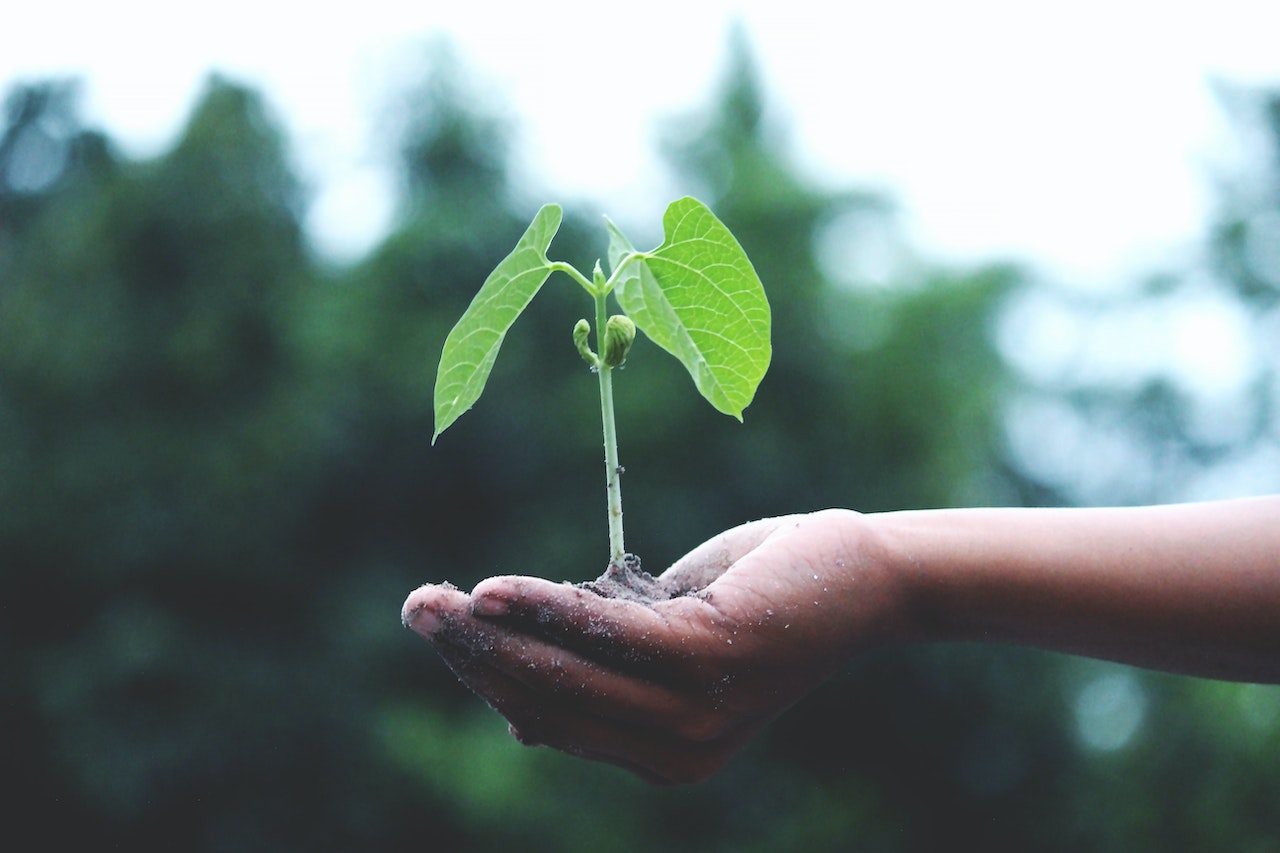This post was originally published on Sustainability Matters

Recent research has revealed that many Australians are unnecessarily throwing away food due to not clearly understanding the meaning of food date labels and storage advice. Each year, about one-third of all food in Australia is either lost or discarded.
The study’s lead author, Associate Professor Lukas Parker from RMIT University, said date labels were widely misunderstood by Australians because they were confusing.
“Consumers want clear, consistent and easy-to-read information,” he said.
“Date labels should be in a large font with contrasting colours so that they are easy to find and interpret.”
Use-by dates show the last day a product is safe to eat, while best-before dates show peak quality. Food should be safe past the best-before date if not damaged, deteriorated or perished.
The study showed that while many of the 125 consumers interviewed understood the difference between use-by and best-before dates, they often discarded food when it reached either date.
Older and retired Australians were less likely to worry about date labels, while young families were more likely to throw away food once past its best-before or use-by date.
The study found advice such as ‘store in a cool, dry place’ was interpreted as vague and unhelpful.
Parker said a solution could be labels with practical tips on properly storing food and sealing packaging. “Including specific temperature guidelines for storage on packaging would help,” he said.
“Particularly in a cost-of-living crisis, people need information on how to properly store and prolong the shelf life of food.”
Parker also recommended that people use their own senses to test the freshness of food, rather than over-relying on printed best-before dates.
“We need people to feel, touch and smell food, not just rely on its best-before date,” he said. “Fresh produce often doesn’t have date labels and we manage just fine, yet products like salt are often needlessly sold with best-before dates.”
Parker said that buying to eat, rather than to store, was a simple way for consumers to reduce food waste and save money. “Smaller, more frequent shops is a simple way to reduce your food waste,” he said.
“Having less food in our fridges and pantries means we’re more likely to use products quickly and throw less away.
“We all need to recognise that we waste food. Focus on what you do and what you can do next to reduce it.”
The research was conducted for End Food Waste Australia, a national organisation dedicated to improving the Australian food system’s productivity, resilience and sustainability. Parker and the team are working through the results of this latest study with government and industry representatives.
The report, published by RMIT University and the End Food Waste Cooperative Research Centre, can be read here.
Image credit: iStock.com/JackF





0 Comments